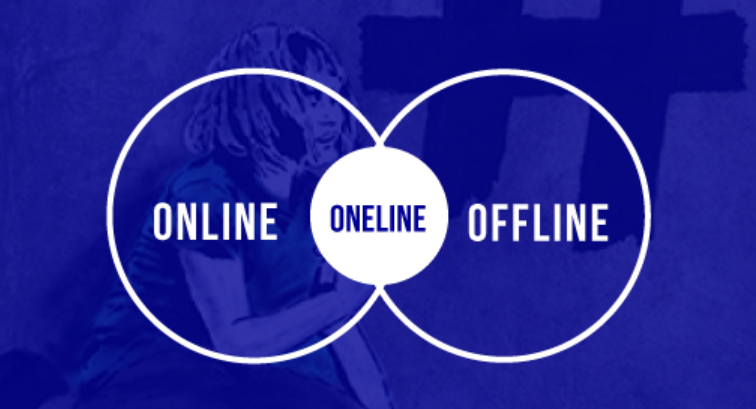
picture by tollwerk on flickr
The dream consultancy
The Hewlett Foundation is seeking consultants to help design a potential, longer-term research collaborative to study the application of behavioral insights to nudge governments to respond to citizen feedback. This is just fantastic and deserves a blog post of its own. Hopefully I will be able to do that before the EOI period ends.
Rise and fall of participatory democracy in Brazil?
In an excellent article for Open Democracy, Thamy Pogrebinschi and Talita Tanscheit ask what happened to citizen participation in Brazil. The authors note that “The two main pillars on which institutional innovations in Brazil had been erected – extensive institutionalization and a strong civil society – have not been enough to prevent a functioning system of social participation being torn to shreds in little more than a year.”
I have been asked for my take on the issue more than once. Personally, I am not surprised, despite all the institutionalization and the strength of civil society. Given the current Brazilian context, I would be surprised if the participatory spaces the article examines (councils and conferences) remained unaffected.
Playing the devil’s advocate, this period of crisis may also be an opportunity to reflect on how policy councils and conferences could innovate themselves. While they extremely important, one hypothesis is that these structures failed to appropriately channel societal concerns and demands that later exploded into a political crisis, leading to the current situation.
Provocations aside, it is just too early to tell whether this is the definitive death of conferences and councils. And my sense is that their future will be contingent upon two key points: i) the direction that Brazilian politics take following the 2018 general election (e.g. progressive x populist/authoritarian), ii) the extent to which councils and conferences can adapt to the growing disintermediation in activism that we observe today.
The Business Model of Civic Tech?
If you are working in the civic tech space, you probably came across a new report commissioned by the Knight Foundation and Rita Allen Foundation, “Scaling Civic Tech: Paths to a Sustainable Future.” As highlighted by Christopher Wilson at the Methodical Snark, while not much in the report is surprising for civic technologists, it does provide the reader with a good understanding of the expectations of funders on the issue of financial sustainability.
When thinking about business models of civic tech efforts, I wonder how much money and energy were devoted to having governments open up their datasets while neglecting the issue of how these governments procure technology. If 10% of those efforts had been dedicated to reforming the way governments procure technology, many of those in the civic tech space would now be less dependent on foundations’ grants (or insights on business models).
Having said this, I am a bit bothered by the debate of business models when it comes to democratic goods. After all, what would happen to elections if they depended on business models (or multiple rounds of foundations’ grants)?
Walking the talk: participatory grant making?
A new report commissioned by the Ford Foundation examines whether the time has come for participatory grant making. The report, authored by Cynthia Gibson, explores the potential use of participatory approaches by foundations, and offers a “starter” framework to inform the dialogue on the subject.
Well-informed by the literature on participatory and deliberative democracy, the report also touches upon the key question of whether philanthropic institutions, given their tax benefits, owe the public a voice in decisions they make. If you are not convinced, this Econtalk podcast with Bob Reich (Stanford) on foundations and philanthropy is rather instructive. There is also a great anecdote in the podcast that illustrates the point for public voice, as described by Reich:
“So, in the final days of creating the Open Society Institute and associated foundations, there was disagreement amongst the staff that Soros had hired about exactly what their program areas, or areas of focus would be. And, to resolve a disagreement, Soros allegedly slammed his fist on the table and said, ‘Well, at the end of the day, it’s my money. We’re going to do it my way.’ And a program officer that he’d hired said, ‘Well, actually Mr. Soros, about 30% or 40% of it would have been the taxpayer’s money. So, I think some other people actually have a say in what you do, here, too.’ And he was fired the next week.”
Democracy podcasts 
Talking about podcasts, the Real Democracy Now Podcast is fantastic. It is definitely one of the best things out there for practitioners and scholars working with citizen engagement.
Although broader in terms of the subjects covered, Talking Politics by David Runciman and Catherine Carr is another great option.
Other tips are more than welcome!
And this is brilliant…
(via @oso)
Other interesting stuff you may have missed
Study analyzing Pew survey data suggests a “gateway effect” where slacktivism by the politically uninterested may lead to greater political activity offline
Seeing the World Through the Other’s Eye: An Online Intervention Reducing Ethnic Prejudice
Smartphone monitoring streamlined information flows and improved inspection rates at public clinics across Punjab (ht @coscrovedent)
The Unintended Effects of Bottom-Up Accountability: Evidence from a Field Experiment in Peru
Literature review: does public reporting in the health sector influence quality, patient and provider’s perspective?











 It’s been a while since the last post here. In compensation, it’s not been a bad year in terms of getting some research out there. First, we finally managed to publish “
It’s been a while since the last post here. In compensation, it’s not been a bad year in terms of getting some research out there. First, we finally managed to publish “
